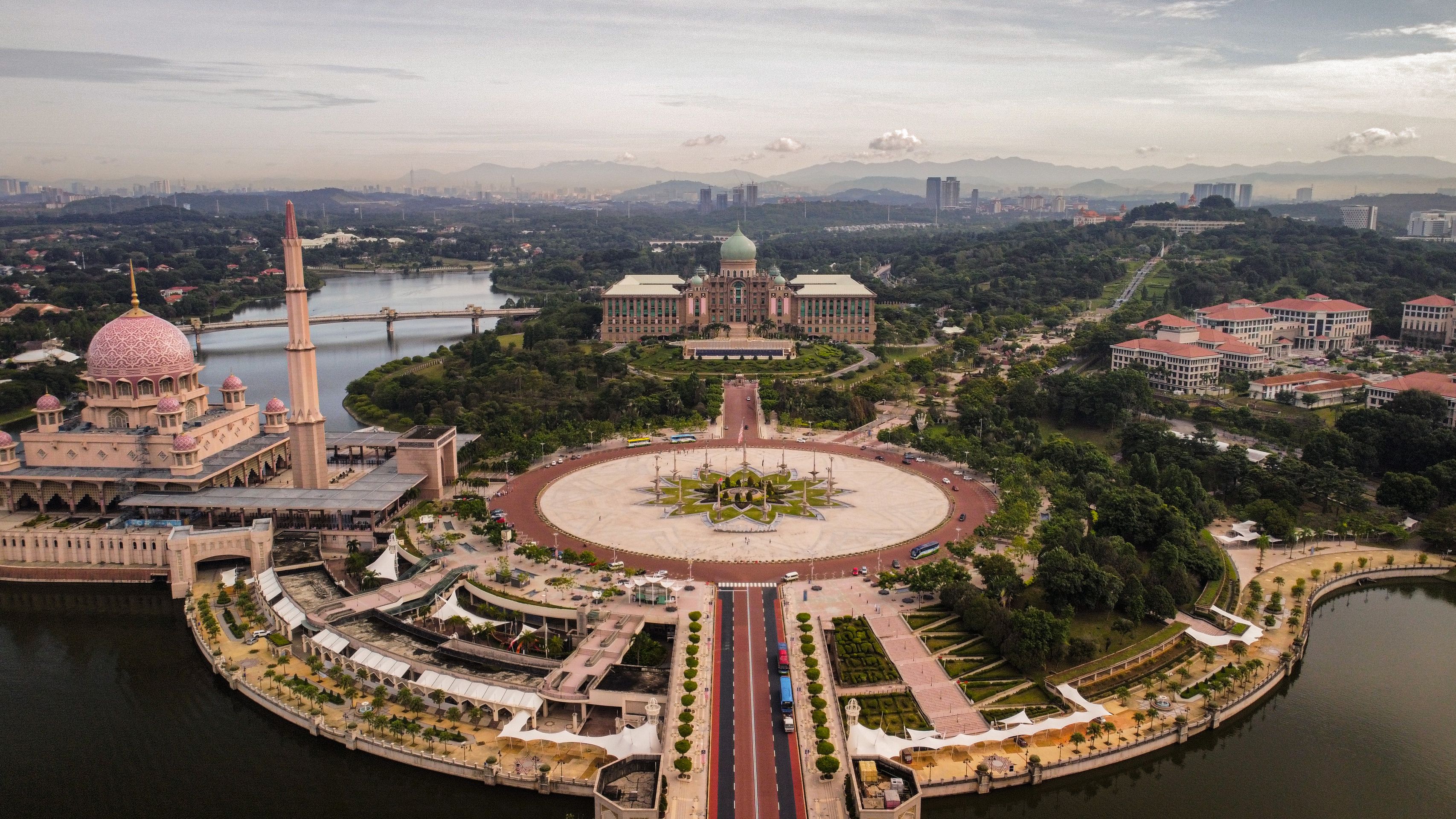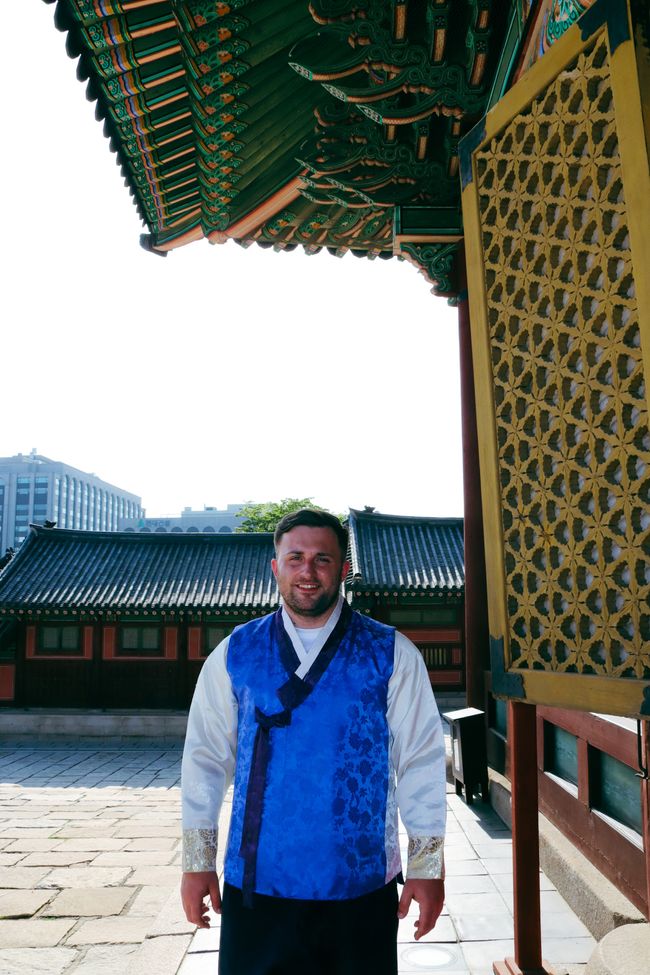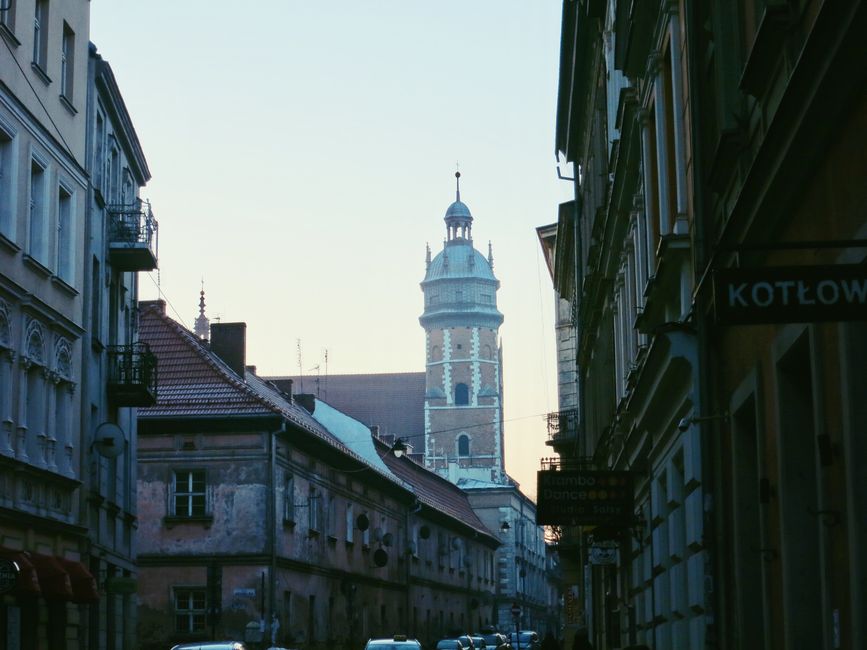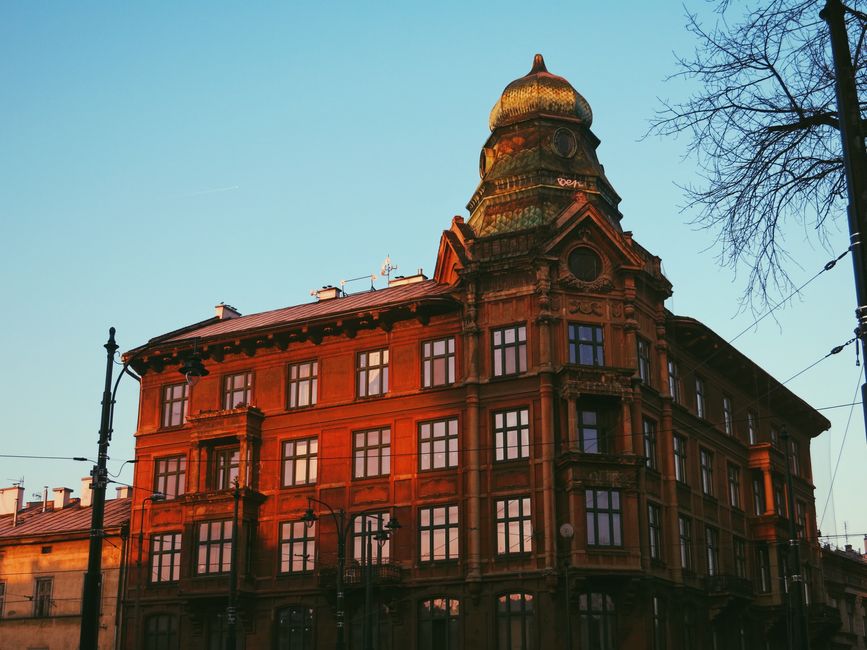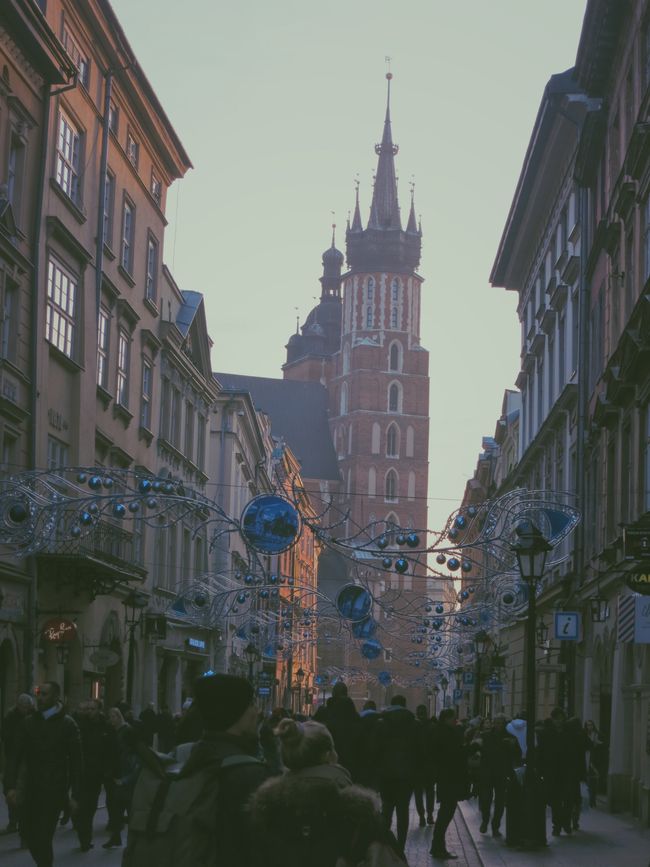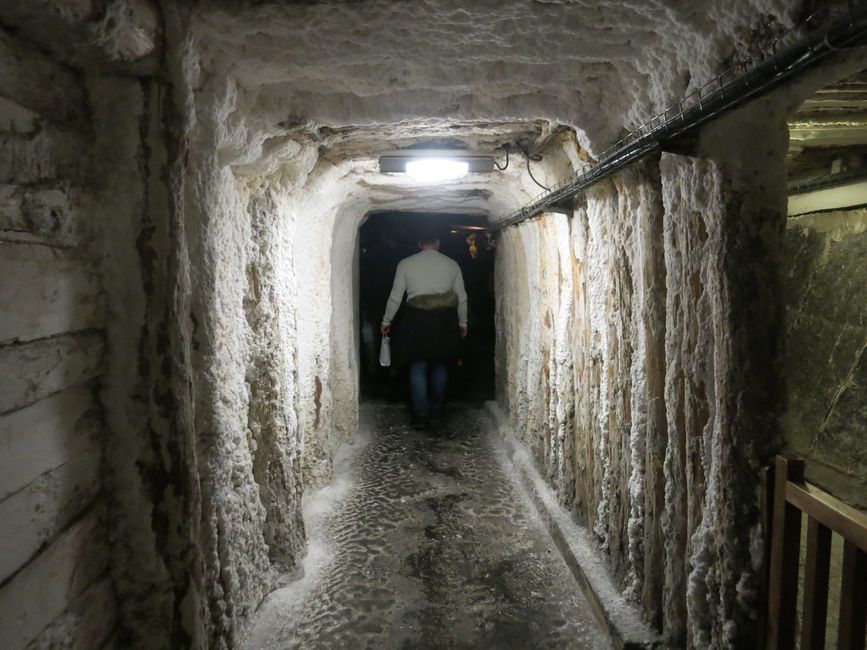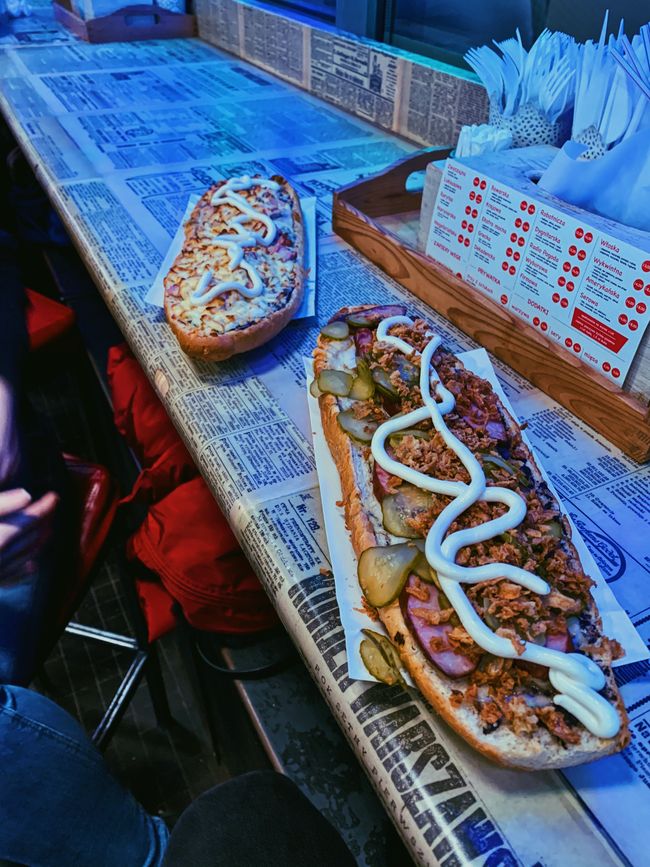Krakow - City Trip
প্ৰকাশিত: 08.05.2023
Krakow - Poland's Secret Capital
At the beginning of the new year, we set off for our beloved neighboring country. After numerous recommendations from friends and family, our first stop was Krakow. Krakow is known in insider circles as the secret capital or the "Paris on the Vistula River".
So here we are. We flew from Düsseldorf to Krakow for about €50 per person, which took about 2 hours. From the plane, we could see the Tatra Mountains. From the airport, we took a train to the main train station.
On the way to the city center, we passed by various buildings from the Gothic, Renaissance, Baroque, and later periods. When we arrived at the city gate, we saw the Barbican, a 15th-century defensive structure.
Our path led us through the Florian Gate towards the main market square, where the St. Mary's Church and the Cloth Hall are located. Even from a distance, we could hear the towers of St. Mary's Church in the fog.
The Basilica with the Two Different Towers
And there we were, on the main market square in Krakow. The St. Mary's Basilica was built in the 15th century and is dedicated to the Holy Virgin Mary.

The two towers are different in size because, according to a legend, the towers were built by two brothers. While the older brother had already completed his tower, the younger one was still busy with construction. Out of fear that his brother might build the taller tower, he stabbed him to death.
One particularly beautiful detail is the "Hejnał". The broken alarm call was played at dawn and dusk in the Middle Ages to announce the opening and closing of the city gates.
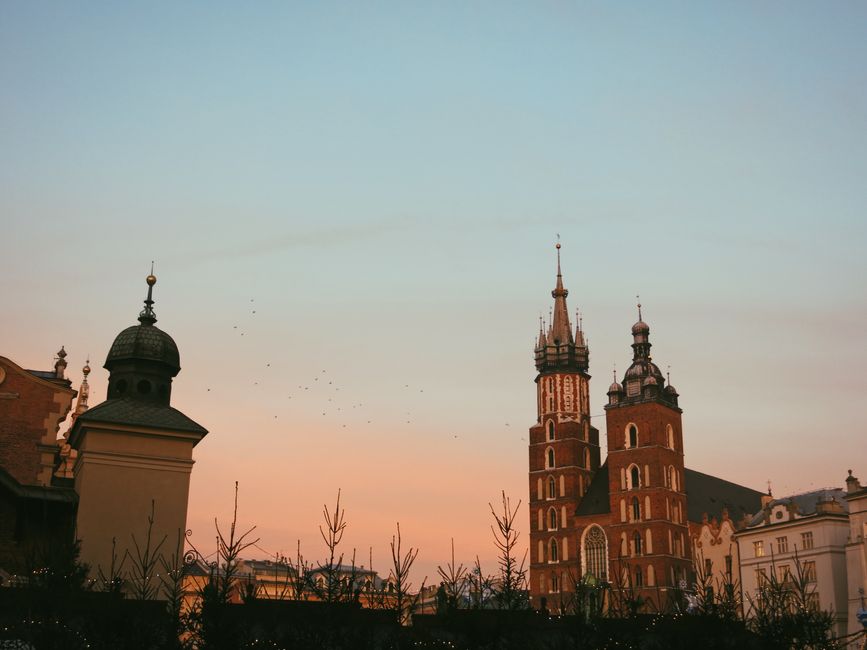
The breaking of the alarm call is meant to remind us of the trumpeter who was shot and killed by an arrow from the Mongols in 1241 while sounding the alarm signal. He saved the citizens through his heroic act.
Every hour, the trumpet is played from the higher church tower in all four directions to honor the trumpeter.
Kazimierz - Krakow's Jewish Quarter
After strolling through the neighboring Cloth Hall, we made our way to our accommodation in the Kazimierz district. Kazimierz is considered the Jewish quarter of Krakow, even though this district was once a separate city.
Before World War II, Krakow had the fourth largest Jewish community in Poland. The 65,000 Jews of Krakow accounted for 25% of the city's total population. They mostly lived in Kazimierz, which was originally a separate city and became part of Krakow at the beginning of the 19th century.
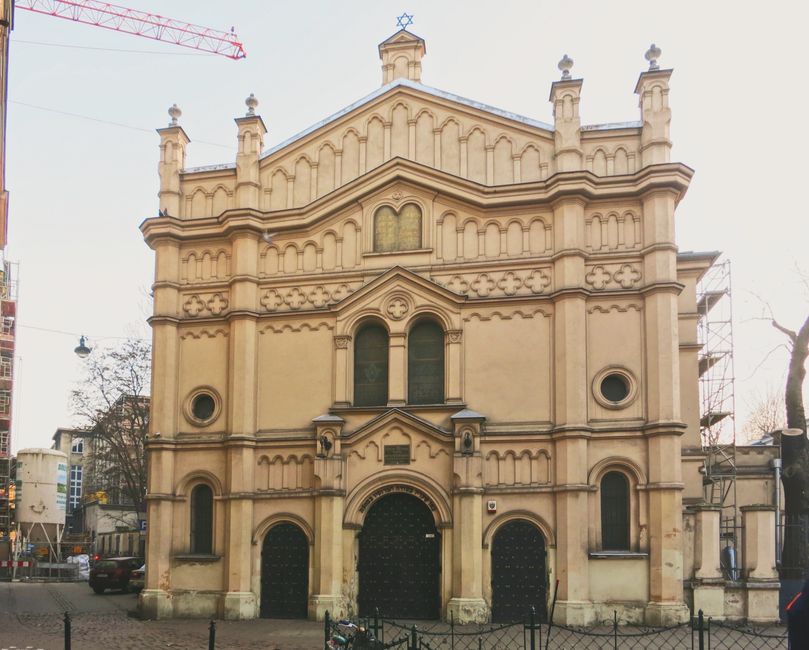
As we strolled through the streets of Kazimierz, we found a small restaurant where we had dinner. After a delicious meal with a tasty vodka as a digestif, we continued wandering through the alleys and came across two old Jewish men next to a synagogue who couldn't have looked more authentic. This is exactly how I imagined the residents of this quarter: lively, with long white beards and a black hat on their heads.
It is nice to see that people from different religions live together in this place, even though it wasn't always like that.
Wieliczka Salt Mine - The Salt Church 100 Meters Underground
After our stay in Krakow, we made our way to the town of Wieliczka, which is 30 kilometers away. You can read why we chose a medieval salt mine instead of Auschwitz here.
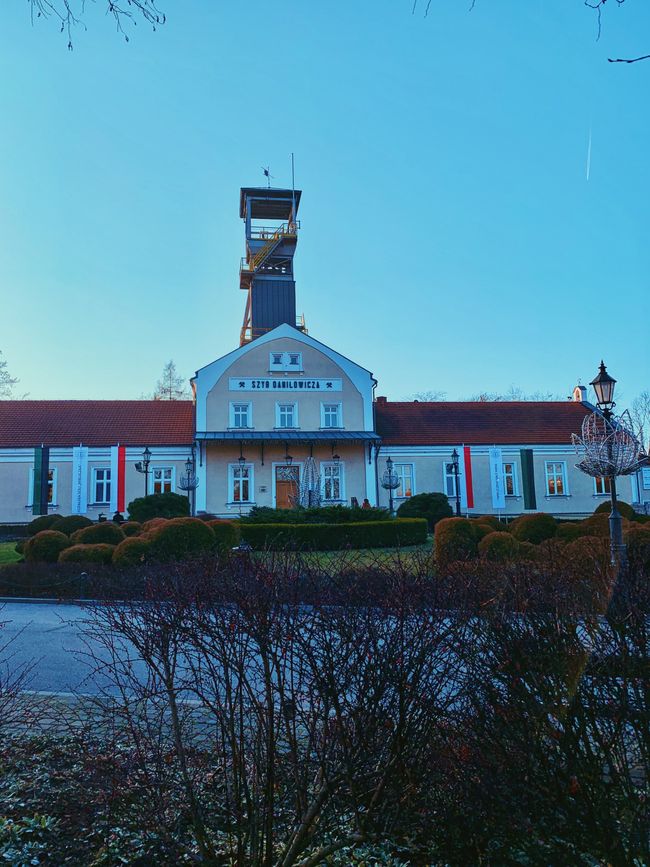
After enjoying breakfast in our apartment in Kazimierz, we headed to the train station. Today, we were going to the UNESCO World Heritage site in Wieliczka, specifically the salt mine located there. This salt mine, which has been in operation since the 13th century, is rightfully considered a highlight of a trip to Poland with its underground salt lakes and a huge salt-carved church.
We decided against Auschwitz because we were not mentally prepared to see the atrocities of the Nazi regime. That does not mean that we do not engage with the history of Germany. We want to visit the concentration camp at another time and delve into it more thoroughly.
When we arrived at the train station, chaos ensued. Since we would be taking the train to Warsaw at 4:20 PM, we had to hurry to the salt mine. After wandering around and not finding a train, we continued our search at the bus station. A friendly woman at the counter told us to wait at Terminal IV, which turned out to be wrong. By chance, we saw several tour buses and asked around. We were lucky with the second bus because it was almost about to leave.
After a short bus ride, we arrived in the small town located 30 kilometers southeast of Krakow.
The tickets for a guided tour on the tourist route cost 69 Złoty (€15), which is acceptable for a 3-hour tour through the chambers underground.
At the beginning, you descend 800 steps to Level I, which is 64 meters below ground. In the various chambers, you learn how the miners used to extract and transport salt. It is hard to imagine that horses spent their entire lives transporting salt underground.
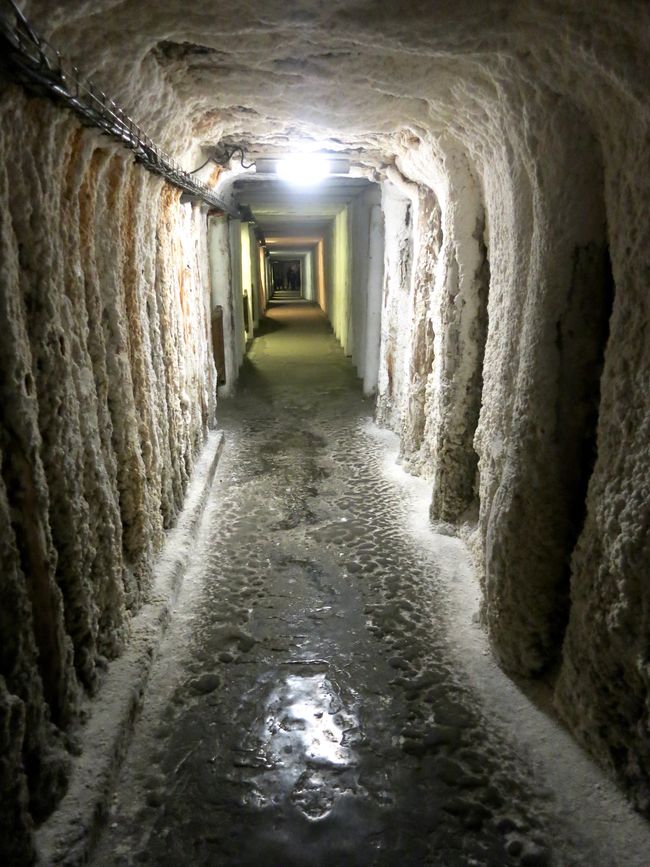
In the chambers, you can also find small chapels, of which there are countless ones down here. But the most impressive "church" was still waiting for us: the Kinga Chapel.
A Church Made of Salt
Arriving at the platform, an unimaginable sight unfolds. A chapel, carved into the black salt 110 meters below the ground. Almost everything you encounter in this room is made of salt. Even the chandeliers are made of salt crystals. This chapel was carved into the salt by three miners over the course of about 55 years. Two wide staircases lead down, and you find yourself in a hall that is probably the size of a large sports hall. Unfortunately, the picture can hardly reflect the personal impression I gained.
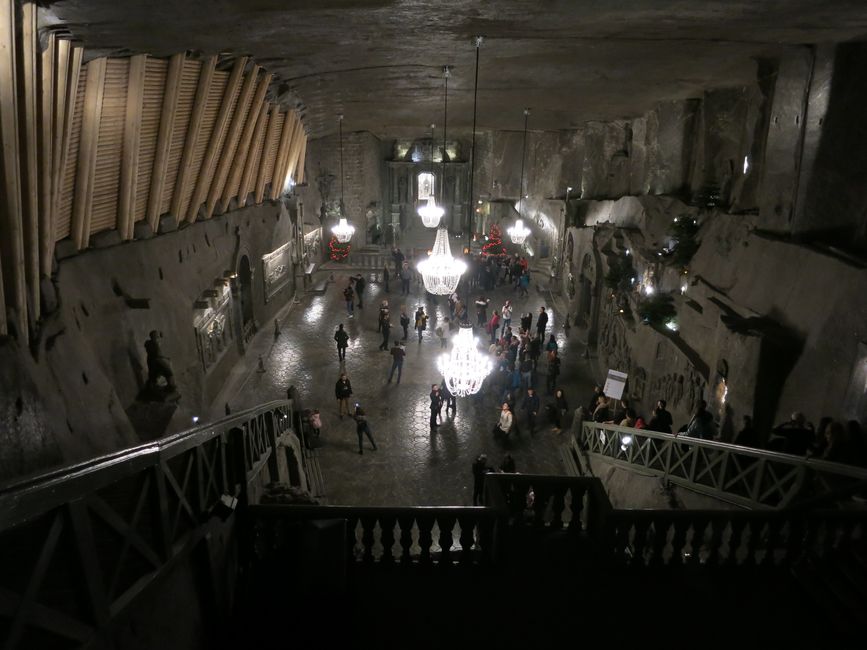
Exiting the Wieliczka Salt Mine
After nearly 3 hours, our guided tour of the Wieliczka Salt Mine came to an end. In front of a map, the guide explained how we could return to daylight. The path still leads through souvenir shops and a restaurant, and he would not accompany us on this part. Some visitors seemed to panic about finding their way back up. But don't worry, you just have to follow the signs.
We hadn't really thought about how we would exit the mine, but now I was already considering whether we would have to climb all those steps again. So we followed the signs to a meeting point. There, as a group, we were led along several tunnels until we reached an elevator. That answered the question about the stairs.
The elevator was another highlight of the visit for me. It consists of 3 cabins stacked on top of each other, packed with up to 10 people. Like during rush hour on the subway, you stand so tightly together that turning around is impossible, and the doors opening and closing inward barely close. The elevator races upward in a matter of seconds. Almost like riding a roller coaster. The other people on our tour were somewhat unsure, but I enjoyed the ride and would have liked to do it again.
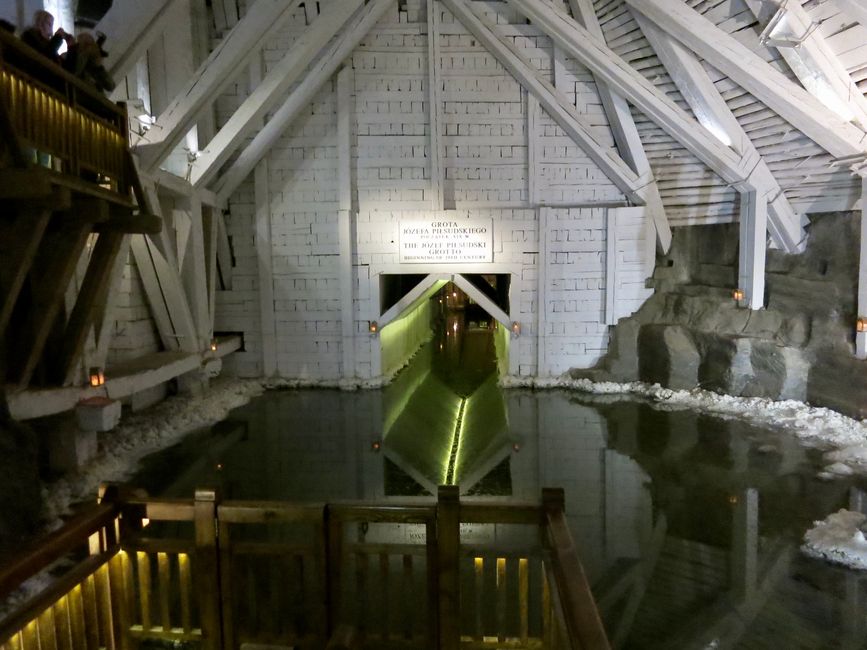
For me, the trip to the Wieliczka Salt Mine was a complete success. Despite the fact that tourists are herded in large numbers here, the visit was worth it. Not only did I learn a lot of new things, but the impressions underground were simply amazing. It was a thoroughly successful day for me!
উত্তৰ
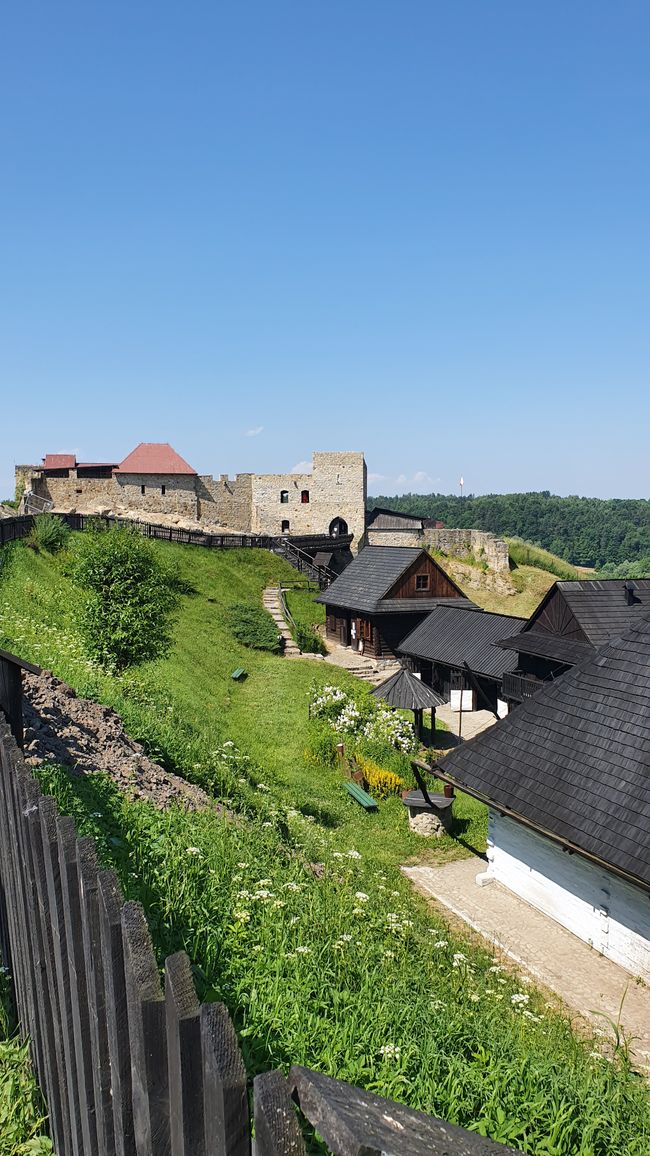
ভ্ৰমণৰ প্ৰতিবেদন পোলেণ্ড
